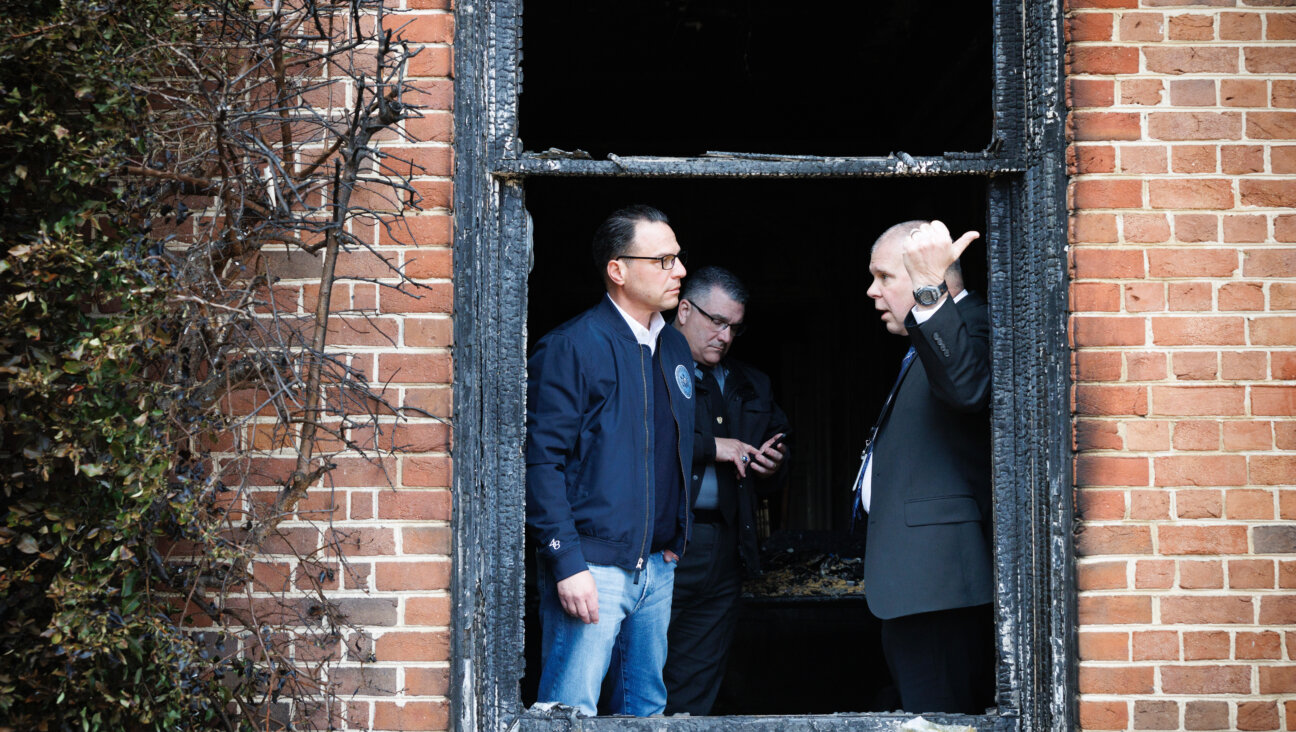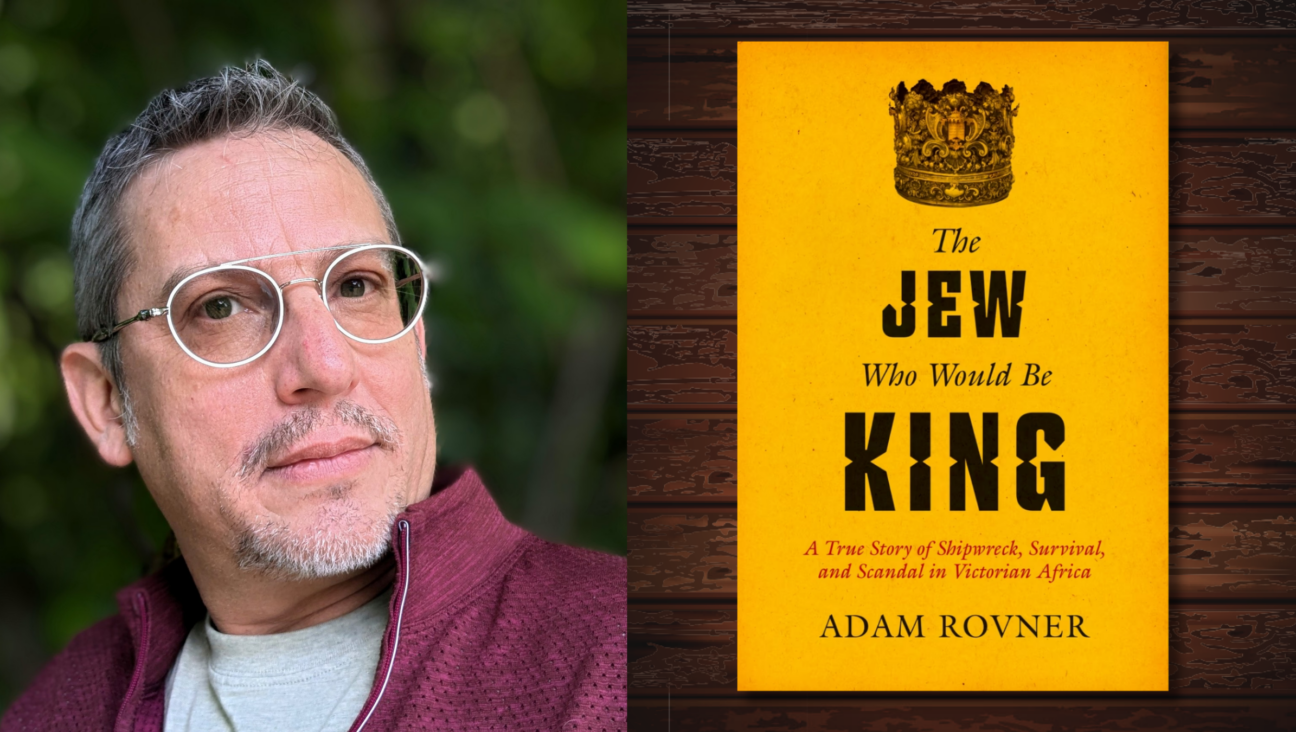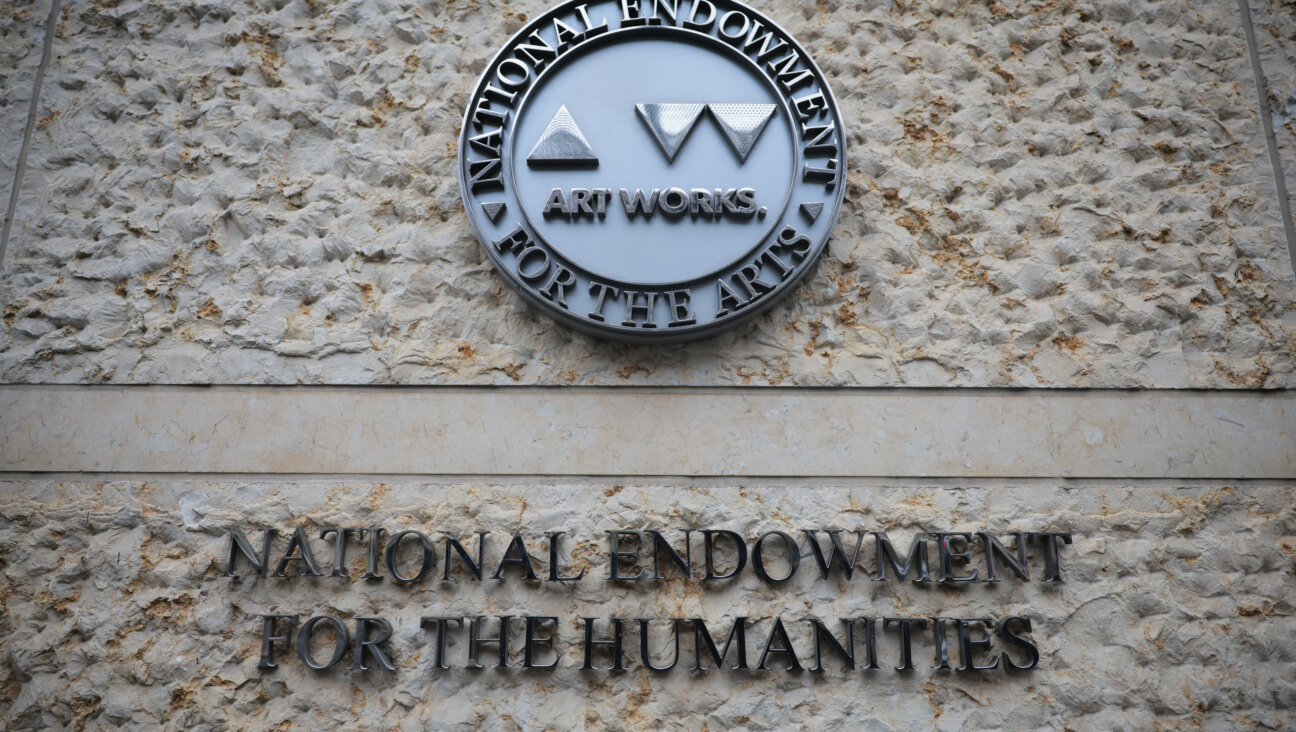Fantasies of a Fascist America
The Plot Against America” is Philip Roth’s fantasy of a fascist America.
Although it arguably has as much to do with contemporary America as its imaginary 1940-42 setting, Roth’s new book also belongs to a particular tradition of counterfactual history.
In some respects, “The Plot Against America” recalls Sinclair Lewis’s cautionary “It Can’t Happen Here,” published in 1935, five years before “The Plot Against America” opens; in Lewis’s novel, a demagogic radio preacher helps a right-wing Southern senator become dictator. In other respects, Roth’s novel suggests the alternate universes of Philip K. Dick’s 1962 sci-fi social satire, “The Man in the High Castle,” or Robert Harris’s 1992 thriller, “Fatherland,” both of which imagine an America defeated by the Axis in World War II.
But, literary qualities aside, “The Plot Against America” differs from these precursors by presenting itself as a memoir of the author’s childhood and featuring a supporting cast of historical figures. (Roth even provides capsule biographies and a “true chronology” as back matter.) Whereas “It Can’t Happen Here” used obvious stand-ins for Senator Huey Long and “radio priest” Father Coughlin, and “Fatherland” humorously projected Joseph P. Kennedy — an opponent of American intervention against Nazi Germany — as a Hitler-friendly American president, “The Plot Against America” is far more direct in advancing aviation hero Charles A. Lindbergh, Lucky Lindy, the greatest celebrity of his day, as the friendly face of American fascism. In Roth’s alternative universe, it is Lindbergh (rather than Wendell Willkie) who is nominated to oppose Franklin Roosevelt in 1940. Running against American involvement in the European war, Lindbergh thwarts FDR’s bid for a third term and establishes an authoritarian regime that is both pro-German and antisemitic. So what is the historical basis for “The Plot Against America”?
The Lindberghs, living in Europe following the 1932 kidnapping and murder of their infant son, first visited Nazi Germany in 1936. Charles Lindbergh was particularly interested in the new German air force, and he and his wife attended the opening of the Berlin Olympics as personal guests of Luftwaffe commandant Hermann Goering. Encouraged by, among others, Kennedy, then American ambassador to Great Britain, the Lindberghs returned twice to Germany and even considered establishing residence there. While the American aviator furnished information on German air power to the American military, he also served the Luftwaffe as an informal consultant.
At the conclusion of a weeklong tour of German airplane works in late 1938, Lindbergh was awarded the Verdienstkreuz by Goering. Although Mrs. Lindbergh rightly recognized this surprise presentation of Nazi Germany’s highest civilian honor as an albatross, Lindbergh was unrepentant. “I always regarded the fuss about it as a sort of teapot tempest,” he remarked in 1955. Lindbergh’s father, Minnesota congressman C.A. Lindbergh, had been a strong opponent of American entry into World War I and, on the eve of World War II, the son was expressing a similar concern.
Specifically, Lindbergh feared that “British and Jewish propaganda” would push the United States into another European war — noting particularly the “effect of the Jewish influence on our press, radio and motion pictures.” Lindbergh’s German sympathies and opposition to American intervention were tinged with racialism; his essay “Aviation, Geography, and Race,” published in the November 1939 Reader’s Digest, warned that the white race was in danger of being overrun by the “teeming millions of Asia.”
Lindbergh may or may not have been simply a genteel antisemite, but he certainly was appreciated by more virulent types. He enjoyed a long professional and personal relationship with Henry Ford — who, in July 1940, told Detroit’s former FBI bureau chief that “when Charles comes out here, we only talk about the Jews” — and Father Coughlin appropriated Lindbergh’s image for the cover of his inflammatory tabloid, Social Justice. Lindbergh’s May 1940 claim that “a small minority of the American people [who] control much of the machinery of influence and propaganda” were pushing the nation to enter the war in Europe has its corollary in Ambassador Kennedy’s blunt warning, later that year, that Hollywood executives should cease making anti-Nazi films, lest the war against Hitler be blamed on Jews.
In 1940, Roosevelt campaigned on a noninterventionist platform, assuring voters that their boys would not be sent into another European war. It was during the 1940 campaign that the America First Committee was created. America First attracted some 850,000 members, including Sinclair Lewis, the young John F. Kennedy, future brother-in-law Sargent Shriver and Gerald Ford. In Washington, the movement was supported by a group of mostly Republican senators, mainly Western and Midwestern, including Burton Wheeler of Montana and Gerald Nye of North Dakota, an erstwhile liberal hero for his 1934 Senate investigation into the armament industry. But it was Lindbergh, proposed as a candidate for public office by Senator Nye, who became America First’s most visible spokesman.
In “The Plot Against America,” Lindbergh stampedes the deadlocked Republican Convention, wins the nomination by acclaim, runs with Senator Wheeler against Roosevelt and wins. In the real world, it was only after Roosevelt’s re-election that Lindbergh emerged as the president’s symbolic opponent. He not only testified before Congress against intervention, but also continued to address America First rallies, greeted with shouts of “Our Next President!” in public appearances throughout the country. In his history of American Jews, the late Labor Zionist journalist Judd L. Teller evokes a charisma match between Lindbergh and FDR: “American Jewry suddenly found itself in the humiliating circumstance of dependence, like the medieval Jewish communities, upon the longevity in office of the reigning prince. FDR became in the Jewish imagination a pillar of fire and a pillar of smoke, a father and a guardian.”
In September 1941, German U-boats fired on the U.S. destroyer Greer off the coast of Iceland. Roosevelt addressed the nation the following Sunday, September 11, and America First arranged for Lindbergh to make an answering speech. Only days before, the Senate Subcommittee on Interstate Commerce had begun hearings on moving picture screen and radio propaganda. The movies “have ceased to be an instrument of entertainment,” Senator Nye maintained, but rather seek to “drug the reason of the American people” and lead them into war. There are some, he suggested, who “assume that our Jewish citizenry would willingly have our country and its sons taken into this foreign war.” He added that “if antisemitism exists in America, the Jews have themselves to blame.”
Lindbergh concurred. After hearing Roosevelt’s declaration that the U.S. Navy was now under orders to regard German or Italian ships in the American Defense Zone as hostiles and to “shoot on sight,” Lindy walked onstage in Des Moines, Iowa, and made the most notorious speech of his career. There were, he stated, three groups “pressing” the country toward war: the Roosevelt administration, the British and the “Jewish race.” Indeed, the “greatest danger to this country” lay in Jewish “ownership and influence in our motion pictures, our press, our radio and our government.”
As noted by his biographer, A. Scott Berg, Lindbergh “woke up the next morning to a Niagara of invective.” Liberal Republican politicians Wendell Willkie and Thomas Dewey attacked the hero. Liberty magazine called Lindbergh “the most dangerous man in America.” Rabbi Irving F. Reichart of Temple Emanu-El of San Francisco commented that “Hitler himself could not have delivered a more diabolical speech.” Gossip columnist Walter Winchell, an outspoken anti-fascist who in Roth’s novel becomes a presidential aspirant, gleefully announced that Lindbergh’s “halo has become his noose.”
Roth is not the first to dramatize Lindbergh as a potential führer. Scarcely 16 months after the aviator’s speech, MGM released “Keeper of the Flame” — directed by George Cukor and scripted by Hollywood leftist, later blacklisted, Donald Ogden Stewart — in which a journalist (played by Spencer Tracy) investigating the accidental death of a celebrated war hero, head of the organization Forward America, discovers that this unmistakably Lindbergh-like figure was killed by his patriotic wife (played by Katharine Hepburn) before he could lead a Nazi-like coup d’état. “Of course they didn’t call it fascism,” Hepburn tells Tracy. “They painted it red, white, and blue and called it Americanism.”
The issue of Lindbergh’s antisemitism was revived in 1998 with the publication of Berg’s 800-page, Pulitzer-winning biography. Steven Spielberg, who had purchased the rights to Berg’s book, sight unseen, announced his plans to make a Lindbergh biopic. According to Berg, Spielberg seemed unaware of Lindbergh’s antisemitism; the project went through several scriptwriters before being shelved. This summer, in an enthusiastic preview of Roth’s novel, Ron Rosenbaum suggested that, rather than the Berg biography, and in response to Mel Gibson’s “The Passion of the Christ,” Spielberg should make a movie based on “The Plot Against America.” That would truly be an alternate universe.
The Forward is free to read, but it isn’t free to produce

I hope you appreciated this article. Before you go, I’d like to ask you to please support the Forward.
Now more than ever, American Jews need independent news they can trust, with reporting driven by truth, not ideology. We serve you, not any ideological agenda.
At a time when other newsrooms are closing or cutting back, the Forward has removed its paywall and invested additional resources to report on the ground from Israel and around the U.S. on the impact of the war, rising antisemitism and polarized discourse.
This is a great time to support independent Jewish journalism you rely on. Make a Passover gift today!
— Rachel Fishman Feddersen, Publisher and CEO
Most Popular
- 1

Opinion My Jewish moms group ousted me because I work for J Street. Is this what communal life has come to?
- 2

News Student protesters being deported are not ‘martyrs and heroes,’ says former antisemitism envoy
- 3

Fast Forward Suspected arsonist intended to beat Gov. Josh Shapiro with a sledgehammer, investigators say
- 4

Politics Meet America’s potential first Jewish second family: Josh Shapiro, Lori, and their 4 kids
In Case You Missed It
-

Fast Forward Arson suspect attacked Shapiro over pro-Israel stances, search warrant says
-

Fast Forward Jewish family killed in New York plane crash
-

Fast Forward Israelis can no longer enter the Maldives after Palestinian-solidarity ban goes into effect
-

News Harvard is defying the Trump administration — after its own crackdown on academic freedom
-
Shop the Forward Store
100% of profits support our journalism
Republish This Story
Please read before republishing
We’re happy to make this story available to republish for free, unless it originated with JTA, Haaretz or another publication (as indicated on the article) and as long as you follow our guidelines.
You must comply with the following:
- Credit the Forward
- Retain our pixel
- Preserve our canonical link in Google search
- Add a noindex tag in Google search
See our full guidelines for more information, and this guide for detail about canonical URLs.
To republish, copy the HTML by clicking on the yellow button to the right; it includes our tracking pixel, all paragraph styles and hyperlinks, the author byline and credit to the Forward. It does not include images; to avoid copyright violations, you must add them manually, following our guidelines. Please email us at [email protected], subject line “republish,” with any questions or to let us know what stories you’re picking up.
















